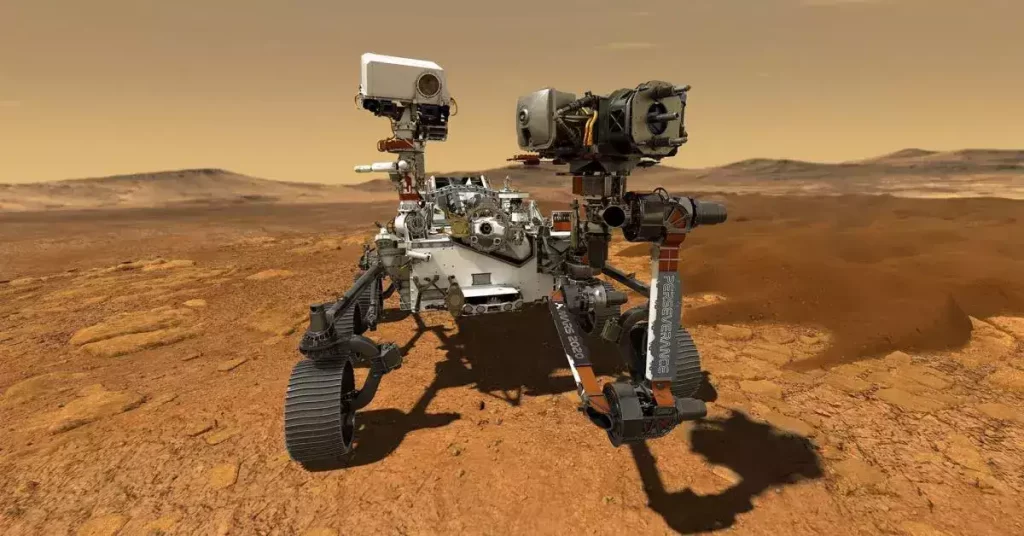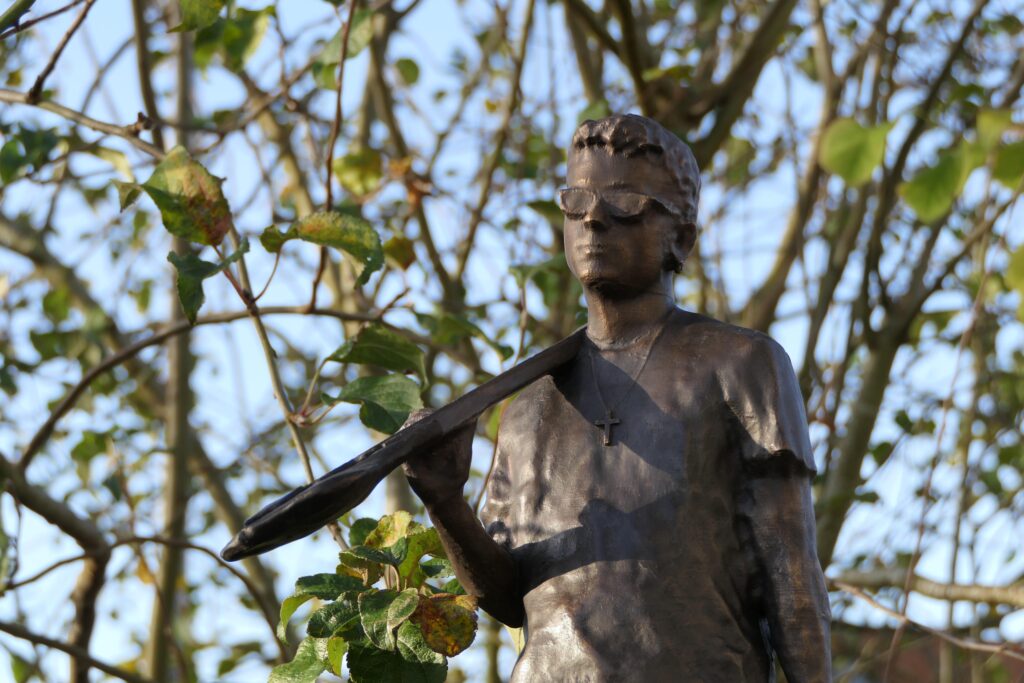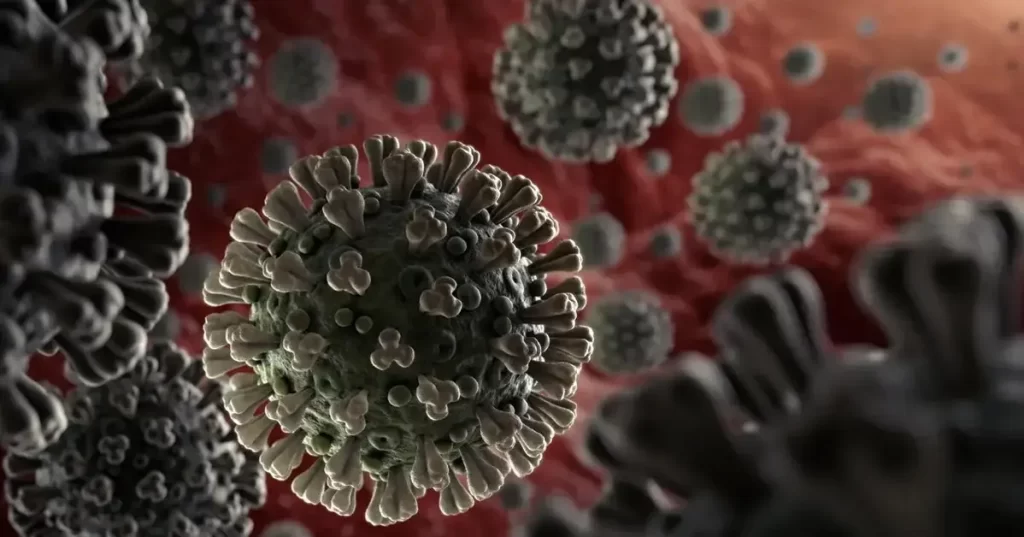NASA and MIT Scientists Successfully Generate Martian Breathable Air Using MOXIE
In the vast, desolate expanse of Mars, where the thin atmosphere is predominantly composed of carbon dioxide, a remarkable feat of scientific innovation unfolded over the course of two years. Aboard the Mars Perseverance Rover, a diminutive yet powerful device named MOXIE (Mars Oxygen In-Situ Resource Utilization) achieved what was once deemed science fiction: the generation of breathable air on the Red Planet.
The Birth of MOXIE
Conceived and meticulously crafted by the brilliant minds at the Massachusetts Institute of Technology (MIT), MOXIE embarked on a groundbreaking mission to unravel the secrets of Mars’s atmosphere. Its primary goal was audacious: to extract oxygen, a vital component of terrestrial life, from the predominantly carbon dioxide-laden Martian air. MOXIE’s creation represented the intersection of human ingenuity, engineering prowess, and the unquenchable thirst for exploration.
The MOXIE Process Unveiled
At the heart of MOXIE’s success lay an intricate electromagnetic process. This process ingeniously separated oxygen atoms from carbon dioxide molecules, effectively transforming the thin, inhospitable Martian air into a life-sustaining resource. Through careful calibration and refinement, MOXIE achieved an awe-inspiring purity rate of 98%, setting new standards in extraterrestrial air production.
Exceeding Boundaries
NASA, in collaboration with MIT scientists, watched in awe as MOXIE consistently produced 12 grams of oxygen per hour. This achievement was not only a testament to the device’s engineering excellence but also an affirmation of human determination to overcome the challenges posed by alien environments. In total, MOXIE generated an astounding 122 grams of oxygen, equivalent to 10 hours of breathable air for a small canine companion.
A New Dawn for Martian Exploration
MOXIE’s success had profound implications for the future of Mars exploration. NASA’s long-standing dream of sustaining human life on Mars suddenly seemed within reach. The prospect of utilizing Martian resources to produce essential supplies, including breathable air, became a tantalizing reality. With this breakthrough, the concept of extended human habitation on the Red Planet transitioned from mere speculation to a tangible goal.
The Perseverance Rover’s Ongoing Mission
While MOXIE took center stage in this groundbreaking achievement, the Mars Perseverance Rover continued its multifaceted mission on the Martian surface. Since its dramatic landing in 2021, the rover diligently collected invaluable data about Mars’s geology and past climate. Its primary objective, however, was far more profound: the search for signs of microbial life.
Intricately designed scientific instruments aboard the rover meticulously analyzed rocks formed by water, a critical component of the search for extraterrestrial life. The rover’s findings were not only a testament to human curiosity but also a testament to the collaborative efforts of scientists and engineers from around the globe.
Looking Ahead: MOXIE 2.0 and Beyond
Buoyed by MOXIE’s success, scientists and engineers were already envisioning the future of Martian exploration. Plans were underway for MOXIE 2.0, an advanced iteration of the device capable of replicating the oxygen generation process on a larger scale. This evolution represented a pivotal step toward establishing sustainable habitats on Mars, where humans could thrive amidst the rust-colored Martian landscapes.
As the data from the Perseverance Rover’s mission continued to stream back to Earth, scientists eagerly anticipated the discoveries that lay ahead. Each piece of information was a clue, a fragment of the puzzle that could potentially reshape our understanding of Mars and, by extension, the broader cosmos.
A Triumph of Human Spirit
MOXIE’s triumph was more than a scientific milestone; it was a triumph of the human spirit. Against the backdrop of the cold, barren Martian landscape, humanity’s indomitable drive to explore, discover, and adapt shone brightly. It was a testament to the audacity of dreams and the unwavering determination to turn the impossible into the possible.
As the news of MOXIE’s success reverberated through the scientific community and beyond, a sense of wonder and possibility filled the hearts of people worldwide. The Red Planet, once a distant speck in the night sky, was now a tangible frontier, beckoning humanity to embark on a new chapter of exploration, one where the air was not just thin but breathable, and where the possibilities were as vast and limitless as the cosmos itself.



